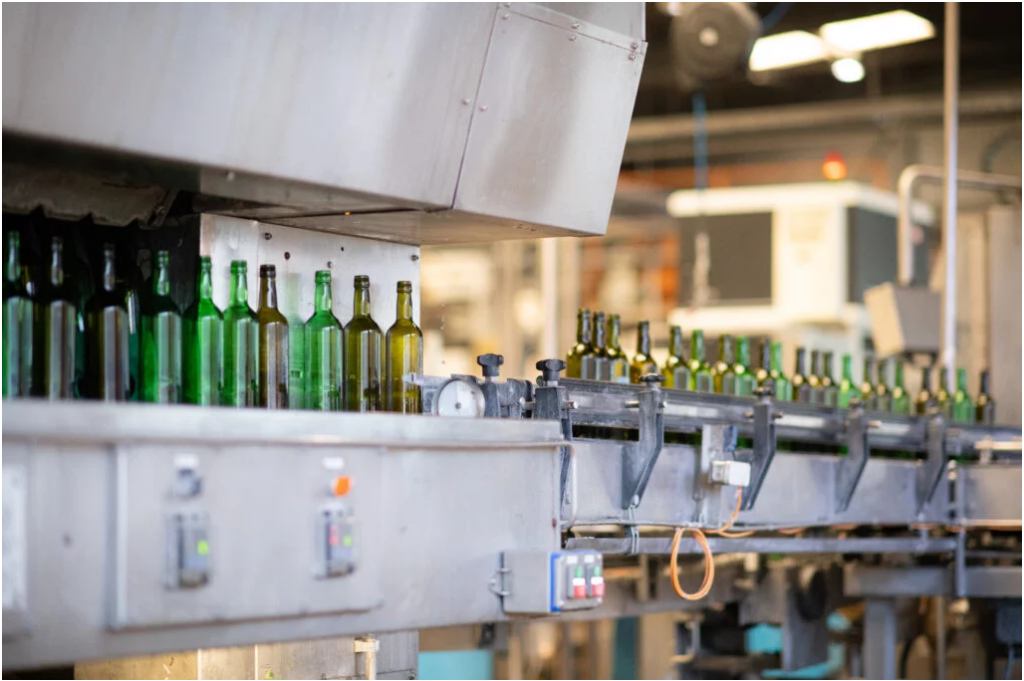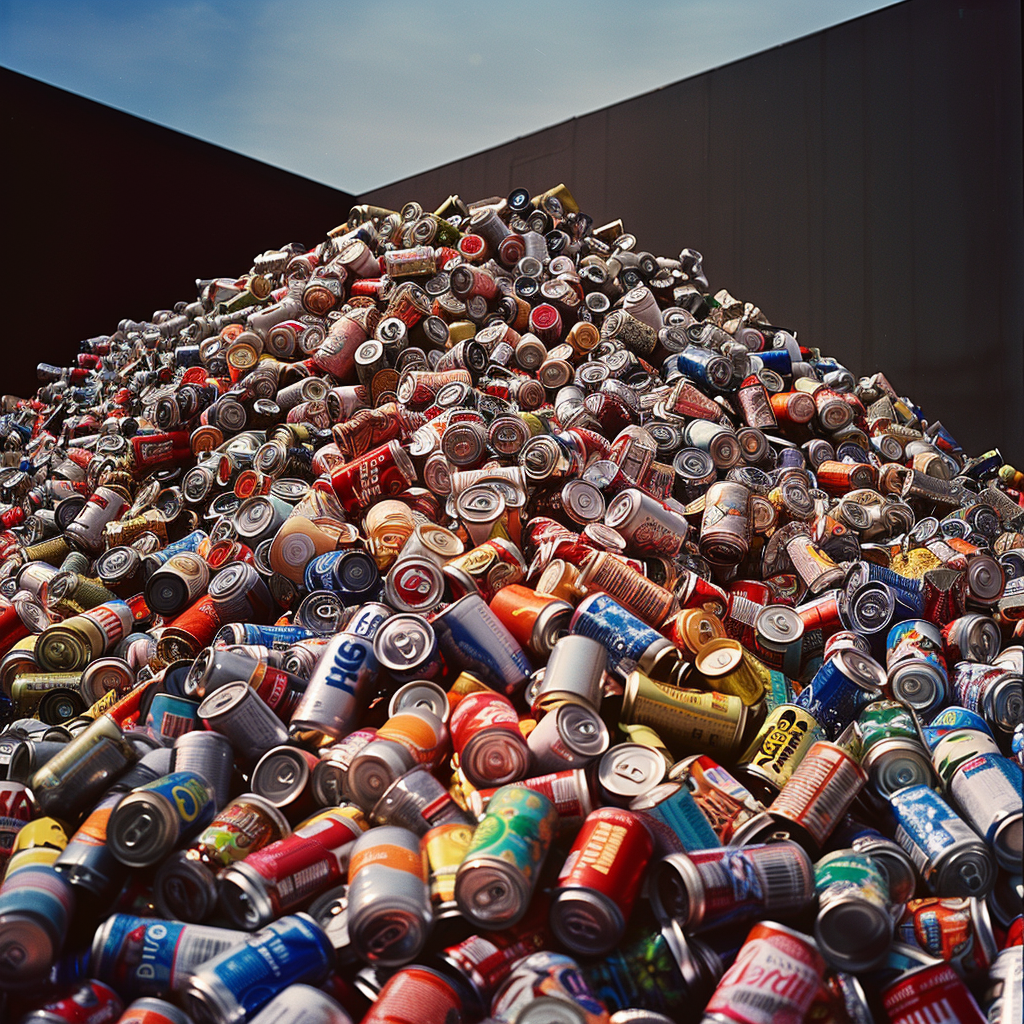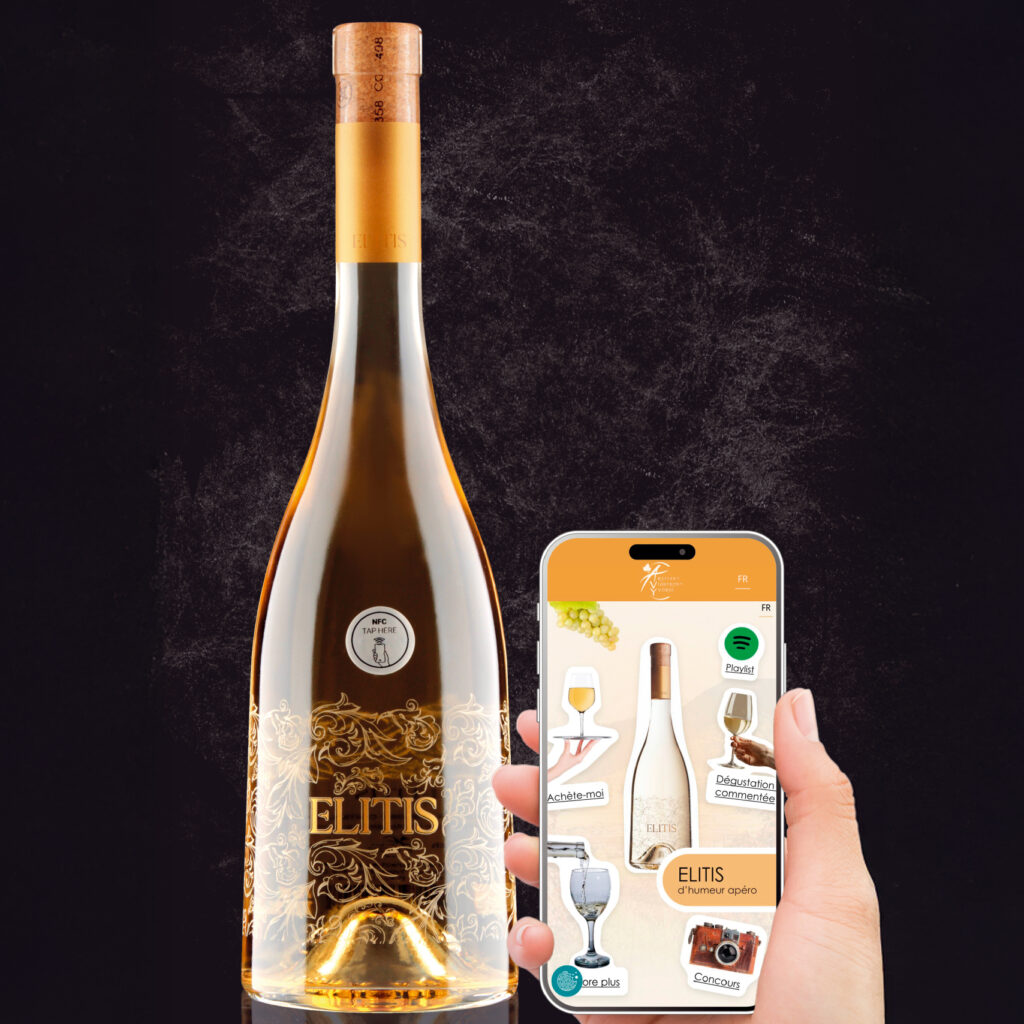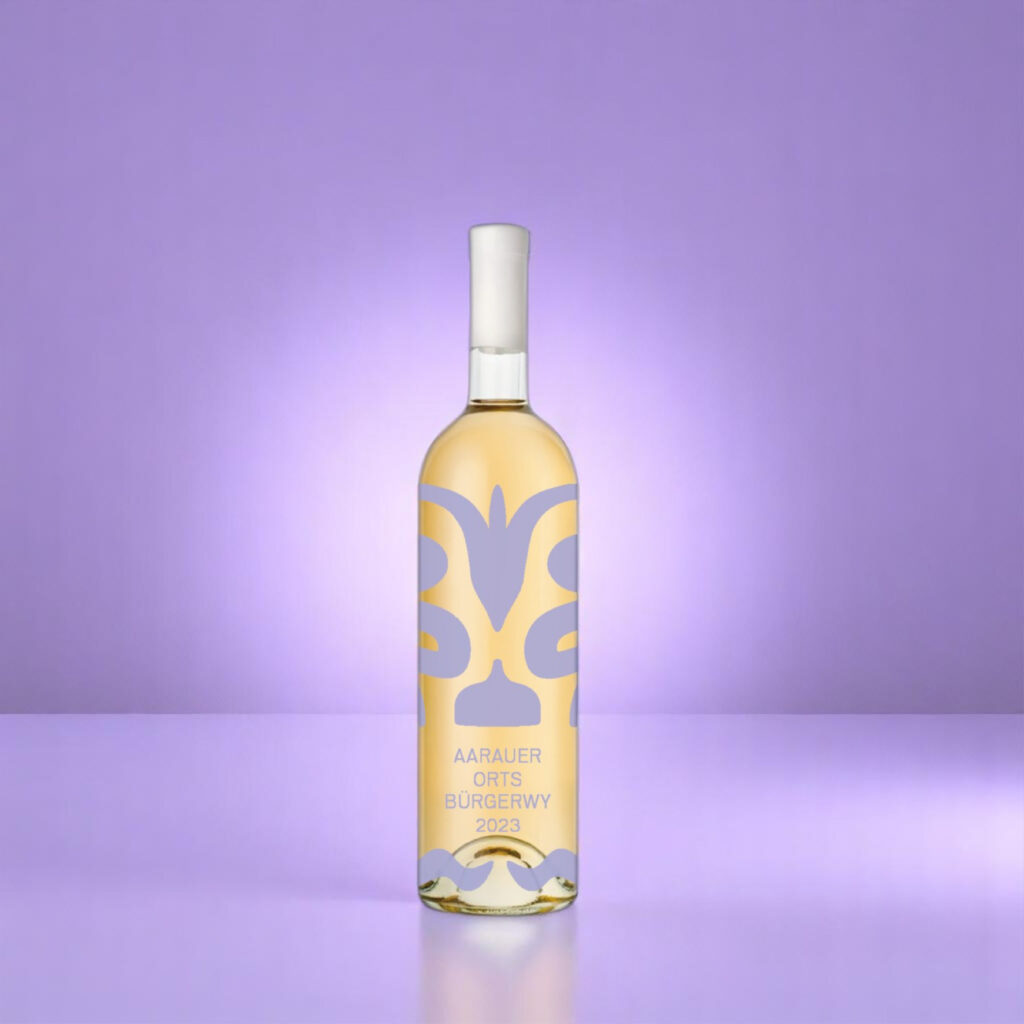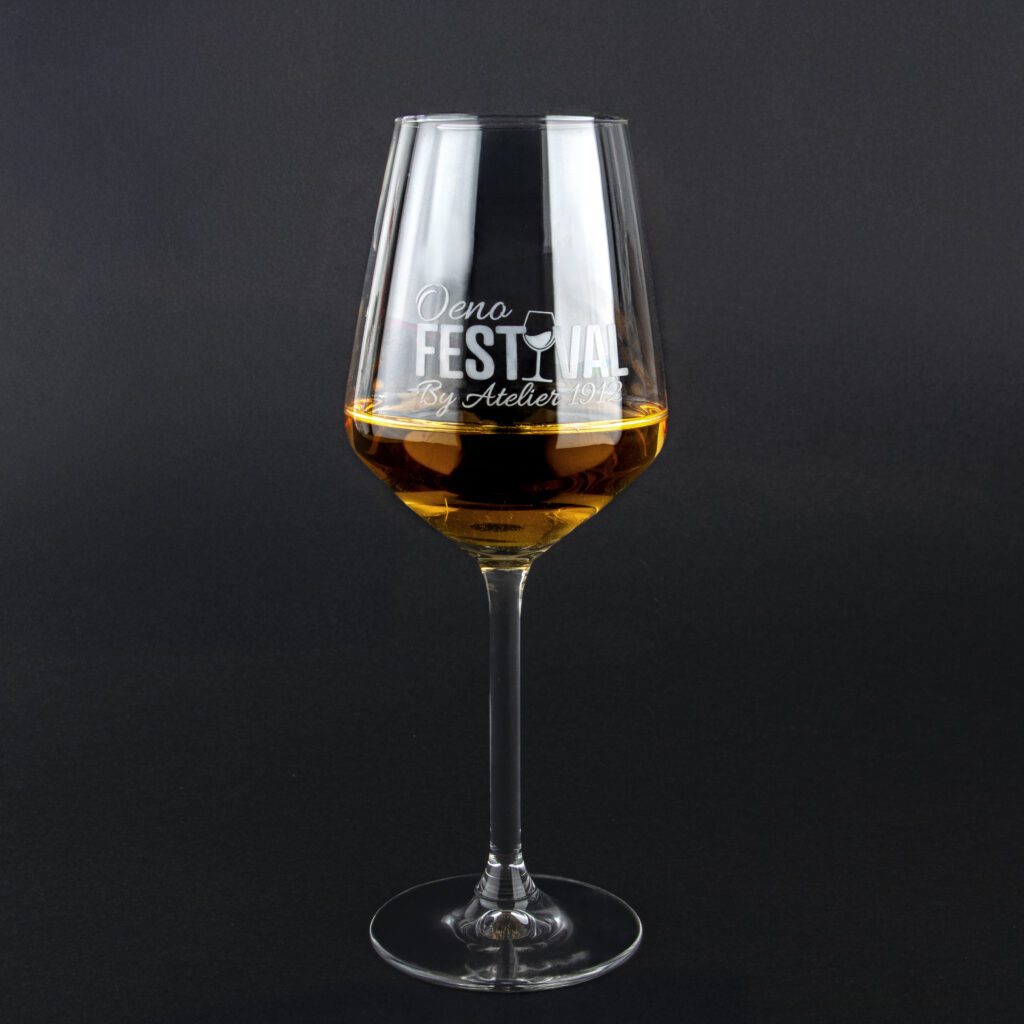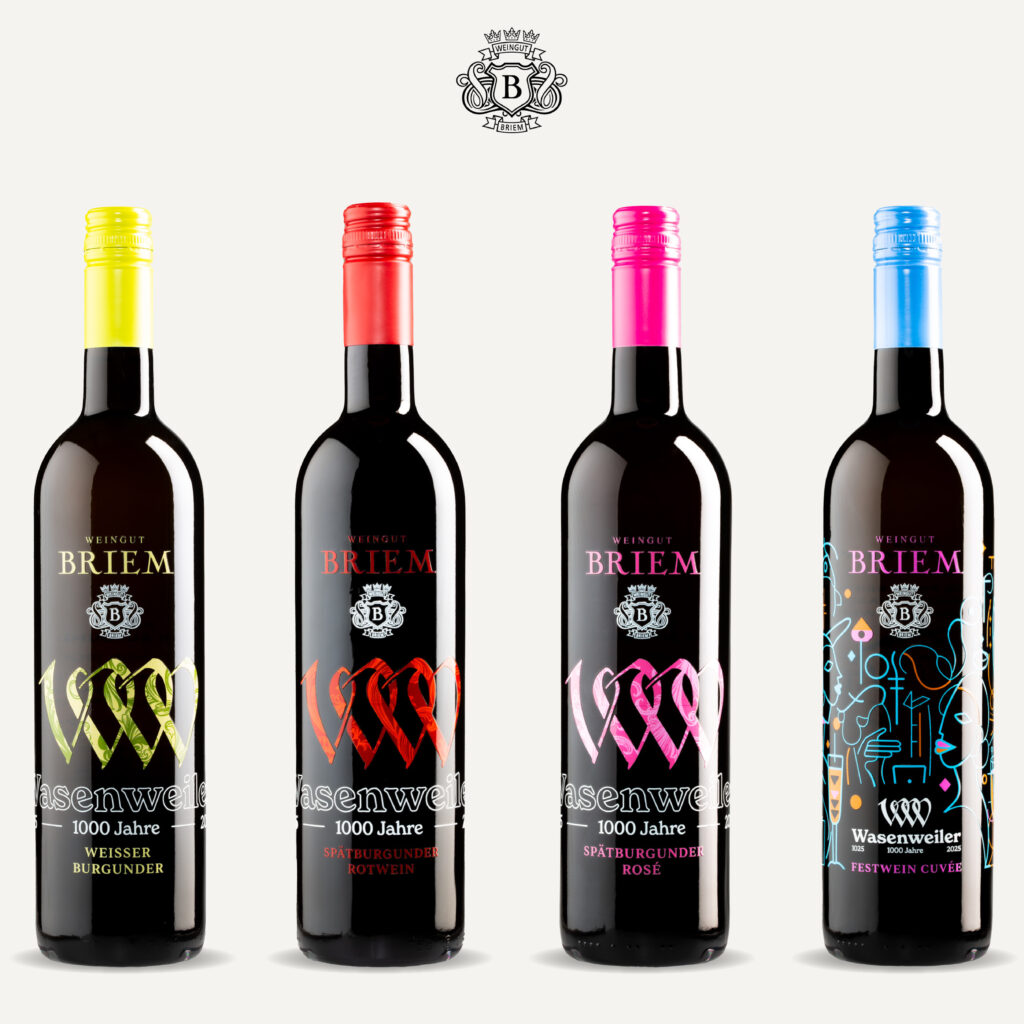The global market for beverage cans is experiencing remarkable growth. According to recent forecasts, the market size was valued at USD 25.31 billion in 2019 and is projected to reach USD 36.59 billion by 2027*, representing a compound annual growth rate (CAGR) of 4.7% during the forecast period. This growth phenomenon is driven by various factors, including the increasing demand for refreshing beverages and the popularity of cans as a convenient and attractive packaging option.
However, this renewed interest raises questions about the environmental and health impacts of beverage cans, particularly regarding the durability of the materials used and the potential health risks associated with the chemicals contained in these packages. This phenomenon warrants further analysis.
*Source : https://www.fortunebusinessinsights.com/de/markt-f-r-getr-nkedosen-104706
Are Aluminium Cans More Environmentally Friendly than Glass?
The environmental friendliness of aluminium cans compared to glass depends on several factors, such as energy consumption, recyclability, transport efficiency, and the overall life cycle analysis (LCA) of the materials. Glass has long been associated with purity, quality, and durability. Unlike aluminium cans, glass in return systems can often be reused up to 50 times before being recycled. Even during recycling, glass retains its original quality, remains a 100% natural material, and avoids downcycling.
The production of aluminium cans, however, involves the mining of bauxite, which causes significant environmental damage. In contrast, glass is made from sand, lime, and soda—natural and abundantly available resources. Furthermore, glass is taste-neutral, ensuring that beverages are free from chemical residues or potential health risks. Aluminium cans, on the other hand, often feature an inner coating that may contain Bisphenol A (BPA), a chemical suspected of being harmful to health and particularly scrutinised in beverage cans. Glass, being entirely free of chemicals, taste-neutral, and residue-free, offers a safer alternative.
With its ability to close the loop indefinitely without losing quality, glass stands out as the clear, more environmentally friendly option for sustainable and long-term consumption.
New EU Regulations: Less Packaging, More Reuse and Recycling
The European Union has adopted new regulations aimed at reducing packaging waste while promoting reuse and recycling. These measures are designed to minimise the environmental impact of packaging and strengthen the circular economy.
Reusing Glass Bottles: Industrial Bottle Cleaning
Industrial cleaning of glass bottles, especially returnable ones, is a key step in reducing the environmental impact of single-use packaging. It is time to revisit past practices and refocus on reusable bottles. What was once common practice—returning bottles to the store or producer—should once again become a part of our daily routines. Together, we can contribute to a more sustainable future.
Cleaning your bottles not only provides ecological benefits but also makes smart economic sense. Here are the key points:
- 85% CO₂ Reduction
Cleaning bottles reduces CO₂ emissions by an impressive 85% compared to producing new bottles—making a significant contribution to climate protection. - Savings on Packaging Materials
With the new Univerre crates, less cardboard packaging is needed, saving resources and costs. - Cost Efficiency Through Balance
A balanced approach between cleaning your bottles and purchasing new ones reduces the costs of new glass. This solution is both economical and environmentally friendly. Additionally, free home delivery is available for orders of six or more combined pallets (new bottles and cleaned glass). - Sustainability as a Selling Point
Your commitment to reusable bottles sends a strong message to your customers. Show them that you share their ecological values and actively practice sustainability. - Savings on VEG Fees
By cleaning your bottles, you can save between 4 and 6 centimes per bottle on VEG fees, easing your budget while promoting the reuse of your bottles.
